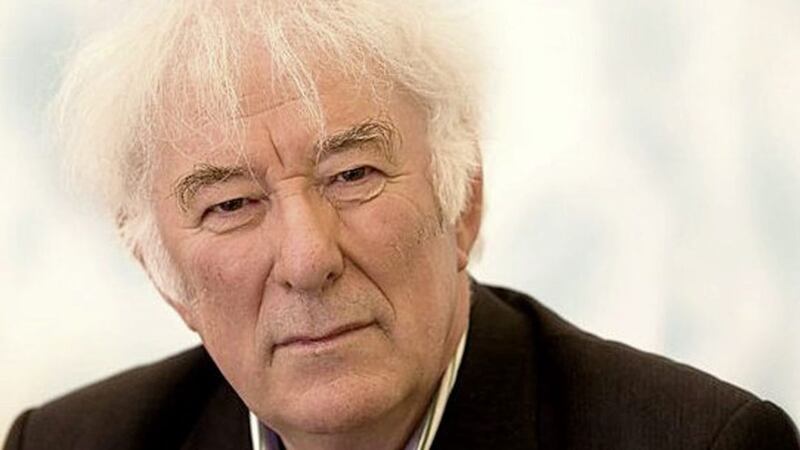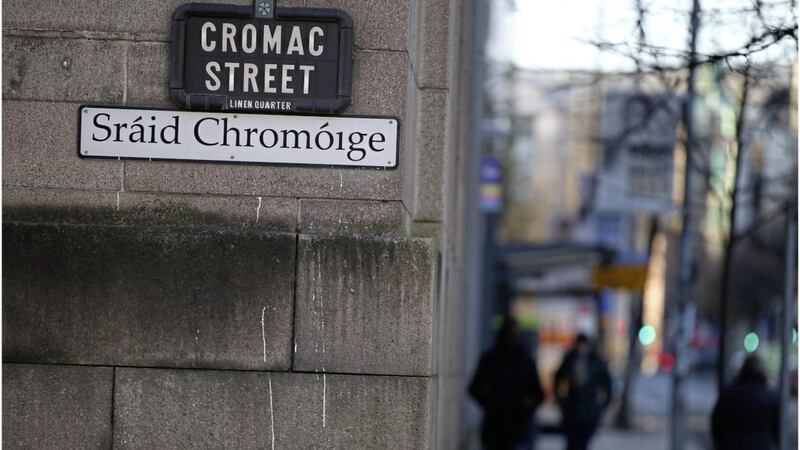A NEW outdoor visitor experience bringing Seamus Heaney’s literature into the south Derry landscape which influenced much of his work has been opened.
From the Strand at Lough Beg to the banks of the Moyola River, visitors to the Seamus Heaney HomePlace in Bellaghy will be able to listen to the Nobel Laureate reading his poetry in the locations that were significant to him.
The Open Ground experience features on-site listening posts and interpretation panels explaining a series of five locations connected to Heaney’s poetry.
There is also a dedicated Open Group app, which uses elements of augmented reality to add to the experience.
The Nobel prize-winning poet, who grew up in south Derry, died aged 74 in Dublin in 2013 following a short illness.
The visitor attraction has been developed and will be managed by Mid Ulster council, with funding from the Department of Agriculture, Environment and Rural Affairs (Daera). It represents an overall investment of £750,000.
The Strand at Lough Beg, a place of 'special memories' for Heaney, has been made accessible to visitors for the first time.
A newly constructed boardwalk leads to a woodland pathway, which gently opens out into a clearing with uninterrupted views across Lough Beg to 'Church Island and its soft outline of yew'.
A riverside walk along the Moyola River, where Heaney walked, fished and thought, is now more accessible to visitors who can meander alongside those same river banks, retracing the steps of the poet who was 'at home on the water in all sorts of ways'.
Sculpture is at the heart of the remaining three locations, with a tall, steel structure at the Eelworks in Toome, symbolising the twists and turns of eels as they swim and reflecting the poet’s fascination with both the life cycle of eels and the fishermen who trapped them.
An alleyway in Magherafelt is now home to the sculpted silhouettes of people walking towards the town’s bus station which featured in Heaney’s poetry, with the 'gitated rooks' from 'Route 110' - the poem which takes its title from the number of a local bus, flying just above their heads.
The existing Turfman sculpture in Bellaghy has benefited from an extended and freshly landscaped seating area, creating a new space for visitors to contemplate both the art piece and lines from 'Digging', one of Heaney’s most well-known poems.
The visitor experience was opened by the late poet's wife Marie with other family members in attendance.
Heaney's son Chris said: "The names of the locations that make up this particular open ground - Bellaghy, Magherafelt, Toome, Moyola, Lough Beg - are familiar to people from this locale but they have also become familiar to readers of my father's poetry throughout the world.
"The development of five sites linked to different poems was a great idea from the start and there is something special and genuinely powerful hearing the poems read in their own 'home places'."
Mid Ulster council chair Cathal Mallaghan said: "This is a truly unique development which brings Seamus Heaney’s poetry alive in the places which were so much a part of his formative years and had such an influence on the body of work which brought him literature’s highest accolade - the Nobel Prize.
"If you read Seamus Heaney’s speech from the day on which he became a Nobel Laureate, you will be left in no doubt about his roots being in south Derry and their significance on his journey from his home in the ‘traditional thatched farmstead’ to the stage on Stockholm.
"I consider it an honour to be launching Open Ground and to celebrate further the man, his work and his deep connections to this area."
Paul Donnelly, director of rural affairs at Daera, said the project will "highlight the literacy significance of the sites in the life story of Seamus Heaney and in doing so will hopefully attract more people to visit the area and stay longer".








